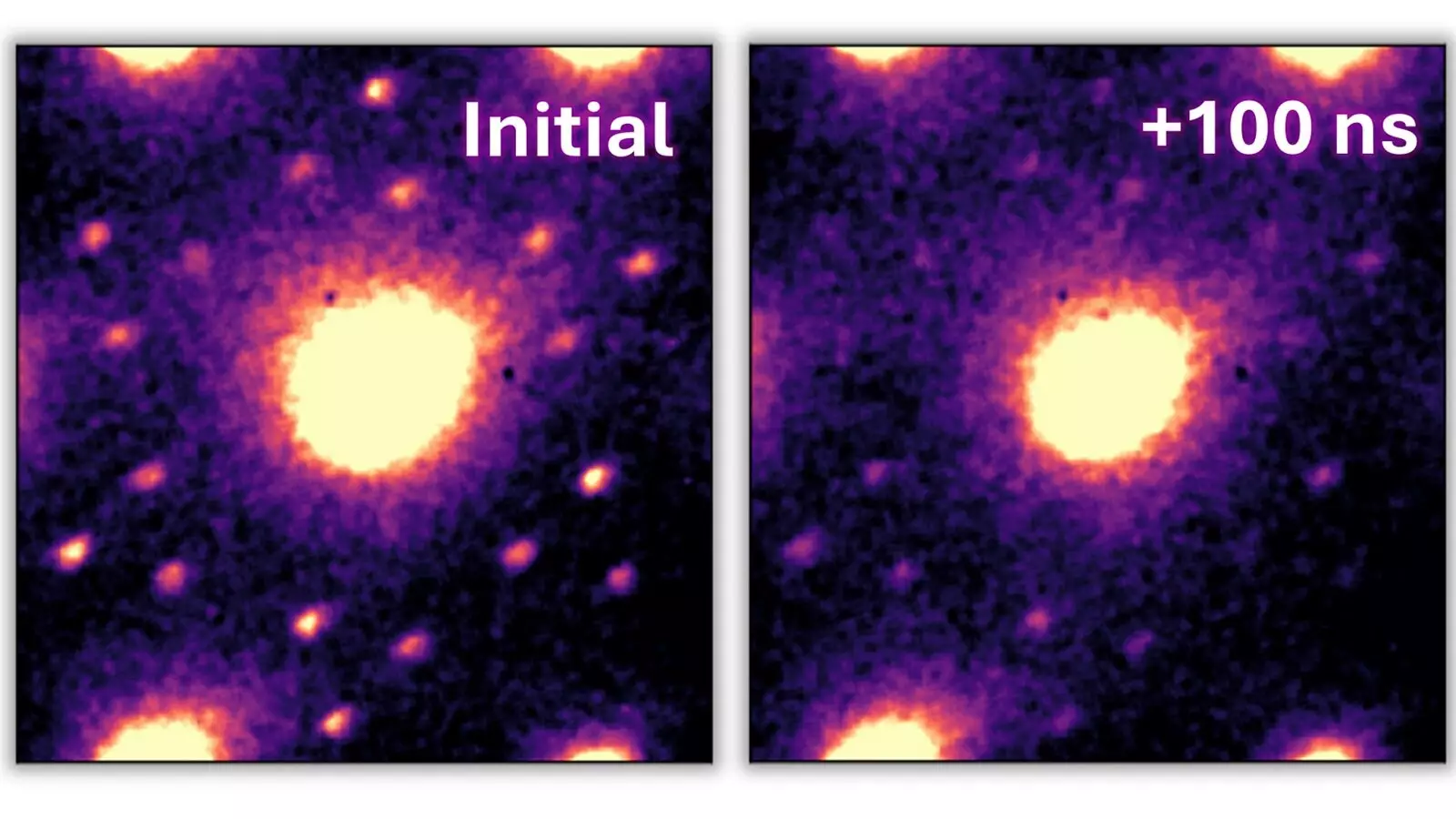In today’s digital age, supercomputers stand at the forefront of scientific research and technological advancement. However, their operational efficiency comes at a steep price—one that weighs heavily on the environment. The staggering energy consumption of these computational giants is akin to that of thousands of average households, raising urgent concerns regarding sustainability. As the need for supercomputing power escalates, so does the imperative to innovate more energy-efficient alternatives. Researchers are turning their attention to artificial neural networks, which mimic the intricate functionalities of the human brain and offer a potentially revolutionary path toward achieving this balance.
Understanding Charge Density Waves
Central to this energy-efficient vision is the concept of charge density waves (CDWs). These wave-like electron patterns represent a fascinating physical phenomenon where negatively charged particles align and move in synchrony. By manipulating CDWs, researchers aim to enhance the resistance control in certain materials, potentially leading to faster and more energy-efficient data processing. This raises the tantalizing possibility of ultrafast computing integrated within microelectronic systems, promising breakthroughs in various fields from artificial intelligence to sophisticated sensor technology.
Yet, a key challenge remains: the swift dynamics of CDWs, which transition between states in a mere 20 billionths of a second, complicate the understanding of their behavior. This short timescale poses a significant hurdle for researchers striving to tap into the electrical responses of these materials.
Innovative Research Techniques at Argonne National Laboratory
Researchers at the U.S. Department of Energy’s Argonne National Laboratory are pioneering innovative methods to probe these rapid dynamics. Utilizing the unparalleled capabilities of an ultrafast electron microscope, scientists have developed a novel technique to observe the behavior of materials that naturally form charge density waves, such as tantalum sulfide (1T-TaS2) at room temperature. This new approach utilizes electrical pulses to delve into the nanosecond phenomena occurring within the material, opening an entirely new dimension for studying CDWs.
The investigation revealed surprising results that challenged pre-existing assumptions about how electric fields influence these waves. Notably, it became apparent that the electric currents did not solely drive resistance switching; rather, the heat generated from these currents caused the CDWs to “melt,” changing their structural arrangement. Additionally, the electrical pulses incited drum-like vibrations across the tantalum sulfide’s surface, adding another layer of complexity to the manipulation of these waves.
Mimicking Biological Processes for Computational Advances
These findings offer more than just an explanation of physical phenomena; they suggest an exciting parallel between the behaviors of charge density waves and the functioning of biological neurons. The observed “melting” response evokes a comparison to the activation mechanisms within our brains, while the vibrations elicited by electrical pulses parallel neuron-like firing signals. This intersection of disciplines embodies the essence of biomimicry, suggesting that insights gleaned from biology can fuel advancements in artificial intelligence and neural networks.
As researchers deepen their understanding of these interactions, the potential applications are vast. The ability to control property changes in microelectronic materials like 1T-TaS2 opens the door to a new wave of energy-efficient devices. Achieving functionality at both swift temporal and nanoscale spatial resolutions positions this material as a frontrunner in the race for groundbreaking microelectronics.
Implications for the Future of Computing
The implications of this particular research extend well beyond the confines of academic inquiry. The quest for energy-efficient computing solutions is intertwined with global efforts to combat climate change and promote sustainability. Optimizing microelectronics through an understanding of charge density waves represents a step toward reconciling the lofty ambitions of supercomputing with environmental stewardship.
Charudatta Phatak, a leading materials scientist, emphasizes the significance of grasping the fundamental mechanisms that govern CDWs. The methodologies developed at Argonne pave the way for transferring these insights to other materials, engendering a broader framework for controlling physical properties in next-generation technologies.
As we stand on the precipice of an exciting era in supercomputing and artificial intelligence, the exploration of charge density waves and their implications for energy efficiency could well herald a transformative shift in how we conceive and interact with technology. This research not only accelerates our collective understanding of complex systems but also promises to lay the groundwork for a more sustainable future in computational practices.

